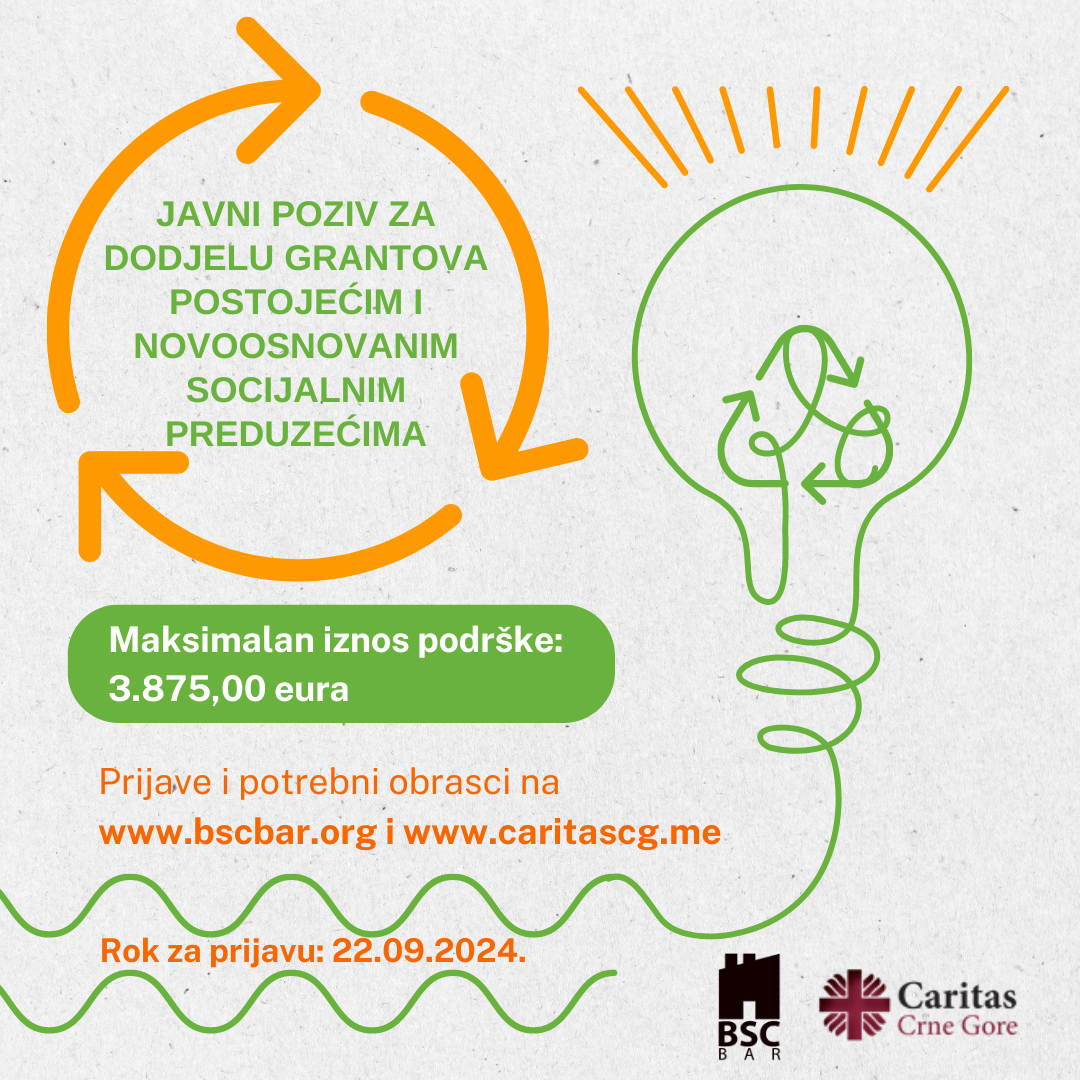Blog no.9

As in the previous blog, I will first look at what has been done so far through the 'Window2Bar' project. In cooperation with colleagues, after conducting surveys, 2 seminars and published publications, the installation of beacon technology was started, at pre-determined locations. During the location determination in cooperation with colleagues, we held a series of meetings with both public and our local private companies.
Although it is a time of Covid and at the same time a very uncertain future, all our interlocutors were quite clear in the view that beacon technology will be a real novelty and help tourists who visit the destination Bar. It was agreed that the beacon technology will be placed at the following 5 locations in Bar: 1) near the sign 'I love Bar', at the beginning of the promenade, 2) near the Gallery of King Nikola's Castle, 3) near the old church 'Bar Triconch', 4) in the center of the city, across from the restaurant 'Mornar', ie near the monument to St. John Vladimir, the patron saint of the city and 5) in Stari Bar, across from the building 'Society of Olive Growers'.
Now a few words about the technology itself, as well as about the specific game. One of the applications of the IoT concept in tourism is the model of using iBeacon technology in connecting the physical and digital worlds, which is one of the central issues of smart tourism. This technology allows smartphones to respond to signals from the physical world in the context of ambient identification.
Ibeacon is the name for Apple's technology standard, which allows mobile applications (activated on IOS and Android devices) to receive signals from certain points in the physical environment. (Beacons) and to react accordingly.
In essence, iBeacon technology allows mobile applications (Mobile Apss) to understand their position on a microlocal scale and deliver hypercontextual content to users based on a determined location.
The purpose of the game is for the player / tourist to visit the attractions in the tourist destination Bar, according to a pre-designed route. At the same time, it can be planned that, if a large number of people come to the destination at once, all tourists can be arranged so that not everyone should follow the same plan.





